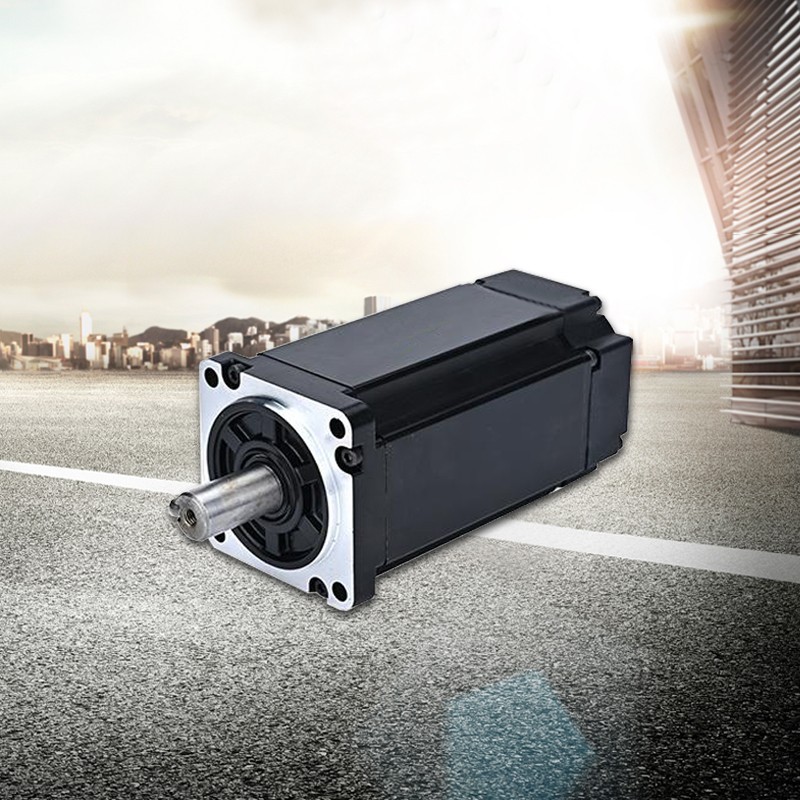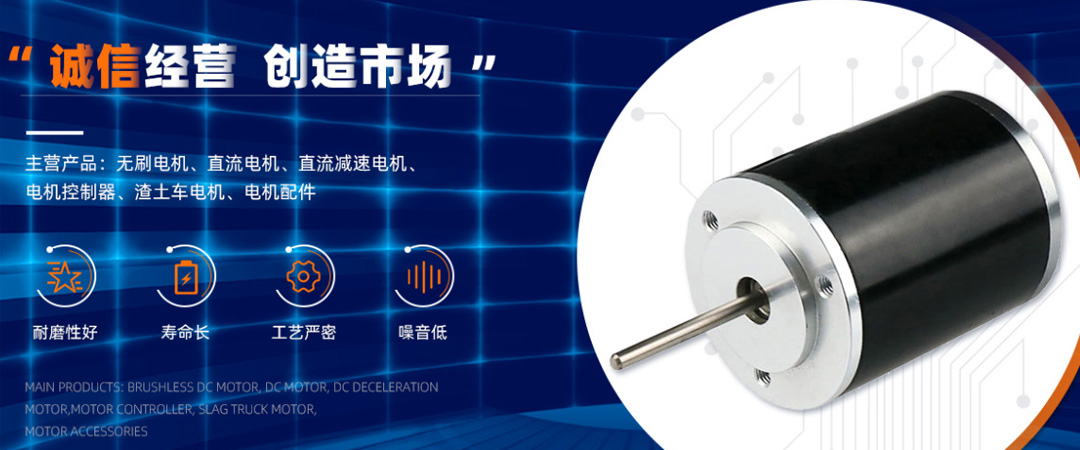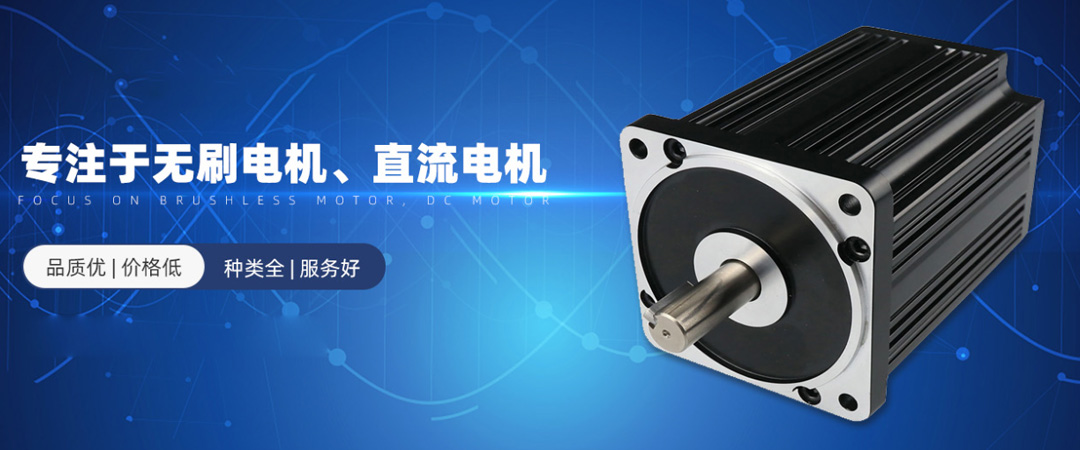The difference between brushless motor and differential motor
The difference between brushless motors and differential motors mainly lies in their working principles, application scope, functions, costs, and control complexity.
Brushless motors control the direction and magnitude of current through electronic commutation technology to achieve motor rotation, while differential motors achieve steering by controlling the speed difference between the left and right motors. Widely used in fields such as home appliances, industry, and automobiles, such as high-speed and high-precision CNC machine tools, medical equipment, etc., differential motors are mainly used in electric vehicles, robots, and autonomous vehicles.
The control of brushless motors requires the assistance of electronic components such as motor controllers, resulting in high control complexity, while differential control is relatively simple and can be achieved through mechanical structures.
Differential motors have stronger climbing performance, greater torque capacity, and can provide more power to climb steep terrain faster, while brushless motors have relatively poorer climbing performance.
Brushless motors control the direction and magnitude of current through electronic commutation technology to achieve motor rotation, while differential motors achieve steering by controlling the speed difference between the left and right motors. Widely used in fields such as home appliances, industry, and automobiles, such as high-speed and high-precision CNC machine tools, medical equipment, etc., differential motors are mainly used in electric vehicles, robots, and autonomous vehicles.

The control of brushless motors requires the assistance of electronic components such as motor controllers, resulting in high control complexity, while differential control is relatively simple and can be achieved through mechanical structures.
Differential motors have stronger climbing performance, greater torque capacity, and can provide more power to climb steep terrain faster, while brushless motors have relatively poorer climbing performance.



